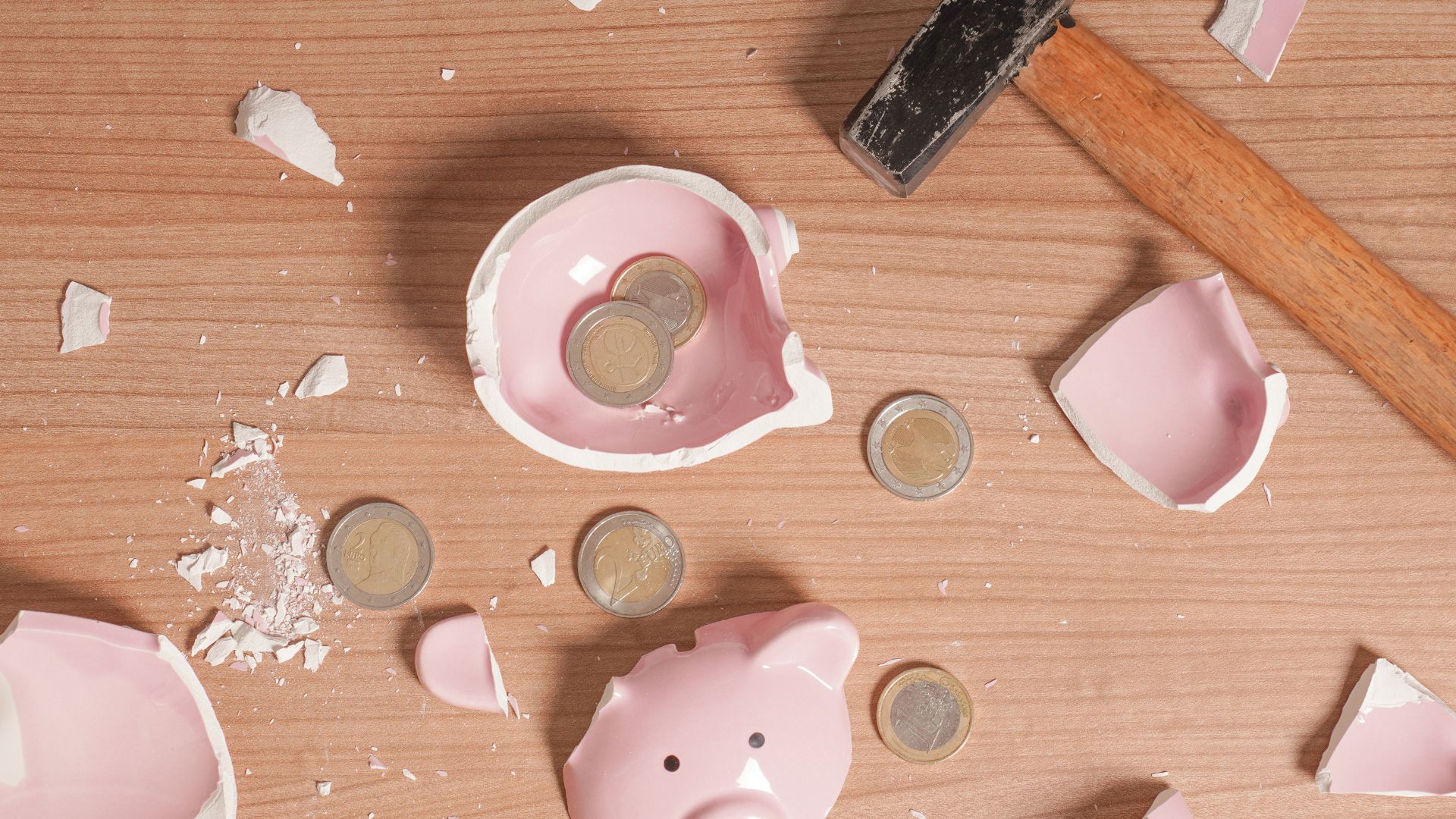An emergency fund is a financial safety net designed to cover unexpected expenses or financial emergencies. It provides peace of mind and prevents you from relying on loans or credit cards when faced with unforeseen situations like medical emergencies, job loss, or urgent home repairs. In the Philippines, where many families face financial instability due to low wages, high living costs, and limited social safety nets, having an emergency fund is crucial for long-term financial security.
This article will guide you through the importance of an emergency fund, how to build one, and practical tips for maintaining it over time.
Why an Emergency Fund is Crucial for Financial Stability
Unexpected expenses can happen at any time, and without a financial buffer, these events can cause severe financial strain. Here’s why having an emergency fund is essential:
1. Protection Against Unforeseen Expenses
Life is full of uncertainties. Emergencies such as medical bills, car repairs, or sudden unemployment can happen without warning. An emergency fund ensures that you have the cash to cover these expenses without taking on debt or depleting your savings for other financial goals.
2. Prevents Debt Accumulation
Without an emergency fund, many Filipinos resort to using credit cards or personal loans to cover unexpected costs. While these options provide quick access to cash, they often come with high-interest rates, which can lead to a debt cycle that is difficult to escape. An emergency fund allows you to handle emergencies without relying on borrowing.
3. Reduces Financial Stress
Knowing you have an emergency fund provides a sense of security and reduces the stress of wondering how you’ll handle a financial crisis. It allows you to focus on resolving the issue at hand without worrying about money.
4. Maintains Financial Progress
An emergency fund ensures that financial setbacks don’t derail your progress toward larger goals, such as saving for a house, retirement, or a child’s education. Instead of dipping into your long-term savings, you can use your emergency fund to cover short-term needs.
How Much Should You Save in an Emergency Fund?
The general rule of thumb is to save at least three to six months’ worth of living expenses in your emergency fund. However, the exact amount depends on your financial situation, job stability, and monthly expenses. For some, saving more than six months’ worth of expenses may be necessary, especially if you have dependents, irregular income, or work in a volatile industry.
Calculating Your Emergency Fund Goal
To determine how much to save, start by calculating your essential monthly expenses. These include:
- Rent or mortgage payments
- Utilities (electricity, water, internet)
- Groceries and daily essentials
- Transportation costs (fuel, public transport, etc.)
- Insurance premiums (health, life, home)
- Debt payments (loan or credit card minimums)
Once you’ve calculated your total monthly expenses, multiply that number by the number of months you want to cover (typically 3–6 months). For example:
- If your monthly expenses total PHP 25,000, your emergency fund should be: 25,000×6=150,00025,000 \times 6 = 150,000
This means you should aim to save PHP 150,000 to cover six months of living expenses.
Steps to Building an Emergency Fund in the Philippines
Building an emergency fund can take time, but with dedication and smart financial planning, it’s achievable. Here’s a step-by-step guide to building your emergency fund:
1. Set a Savings Goal
Start by determining how much you need to save (using the formula above). Break this goal into smaller, manageable milestones. For example, if you need to save PHP 150,000, aim to save PHP 25,000 every three months.
2. Open a Separate Savings Account
Keep your emergency fund in a separate, easily accessible account that is specifically designated for emergencies. This helps you avoid the temptation to dip into it for non-urgent expenses. Many banks in the Philippines, such as BPI, BDO, and Security Bank, offer basic savings accounts with low initial deposit requirements.
3. Automate Your Savings
One of the most effective ways to build an emergency fund is to automate your savings. Set up an automatic transfer from your payroll account to your emergency savings account. Even small, consistent contributions add up over time. You can start with as little as 5–10% of your income and increase it as your financial situation improves.
4. Cut Unnecessary Expenses
To boost your savings rate, look for areas in your budget where you can cut back. Consider reducing non-essential expenses like dining out, subscription services, or impulse purchases. By reallocating the money you save from cutting expenses, you can reach your emergency fund goal faster.
5. Use Windfalls to Boost Your Fund
When you receive unexpected money, such as a bonus, 13th-month pay, or tax refund, consider directing a portion of it to your emergency fund. These windfalls can help you reach your savings goal more quickly without putting strain on your monthly budget.
6. Increase Income
If cutting expenses isn’t enough, look for ways to increase your income. Take on a part-time job, offer freelance services, or sell unused items online. Any extra income can be funneled directly into your emergency fund.
Where to Keep Your Emergency Fund
Choosing the right place to store your emergency fund is crucial. You need an account that is easily accessible in case of emergencies, but that also provides some level of interest to grow your savings.
Savings Accounts
A traditional savings account is one of the best places to keep your emergency fund because it’s secure, easily accessible, and provides a small amount of interest. Most banks in the Philippines offer basic savings accounts with minimal fees.
High-Interest Savings Accounts
Some banks, like ING and CIMB, offer high-interest savings accounts, which provide higher interest rates than traditional accounts. These accounts can help your emergency fund grow faster while still being liquid.
Pag-IBIG MP2
If you want your emergency fund to earn higher returns without locking it into long-term investments, consider placing a portion of it in Pag-IBIG MP2. This government-backed savings program offers tax-free dividends and is a low-risk way to grow your money. However, keep in mind that MP2 funds are locked in for five years, so only allocate money you won’t need for immediate emergencies.
When to Use Your Emergency Fund
Your emergency fund should be used for true financial emergencies, such as:
- Job loss or sudden unemployment
- Medical emergencies or urgent healthcare expenses
- Major home repairs (e.g., roof damage, plumbing issues)
- Car repairs necessary for daily transportation
- Family emergencies (e.g., funeral expenses or sudden illness of a family member)
It’s important to differentiate between an emergency and a non-essential expense. For example, upgrading your phone, going on vacation, or purchasing new furniture should not be considered emergencies.
Replenishing Your Emergency Fund
If you ever need to use your emergency fund, make replenishing it a top priority. Once the emergency has passed, assess how much you spent and develop a plan to rebuild the fund. This may involve temporarily increasing your savings rate or cutting back on non-essential expenses until your fund is back to full strength.
Maintaining Your Emergency Fund
Once you’ve built your emergency fund, it’s important to regularly review and adjust it to ensure it continues to meet your needs. Life changes, such as getting married, having children, or buying a house, may require you to increase the size of your fund.
- Review Your Fund Annually: Revisit your emergency fund every year to ensure it still covers your essential expenses. If your expenses have increased due to inflation or lifestyle changes, adjust your savings goal accordingly.
- Keep It Separate: Resist the urge to use your emergency fund for non-emergencies. Keep it in a separate account and avoid using it for everyday expenses.
An emergency fund is one of the most important tools for financial stability. It protects you from financial shocks, reduces stress, and allows you to navigate life’s uncertainties with confidence. By following this guide, you can build and maintain an emergency fund that will serve as a reliable safety net for you and your family.
Start small, automate your savings, and make it a priority to contribute regularly. With time and consistency, you’ll have a fully funded emergency account that provides peace of mind and financial security.




